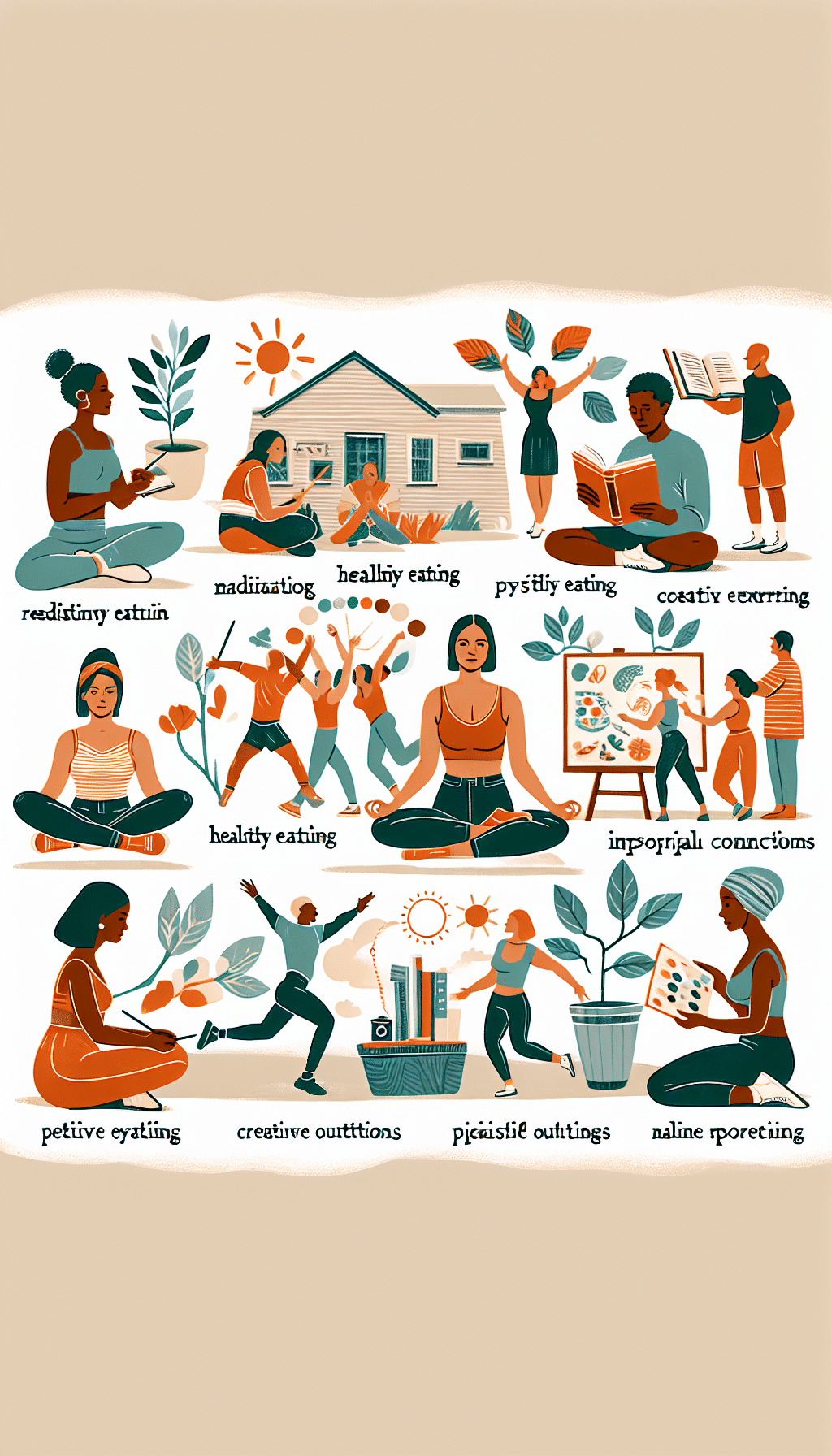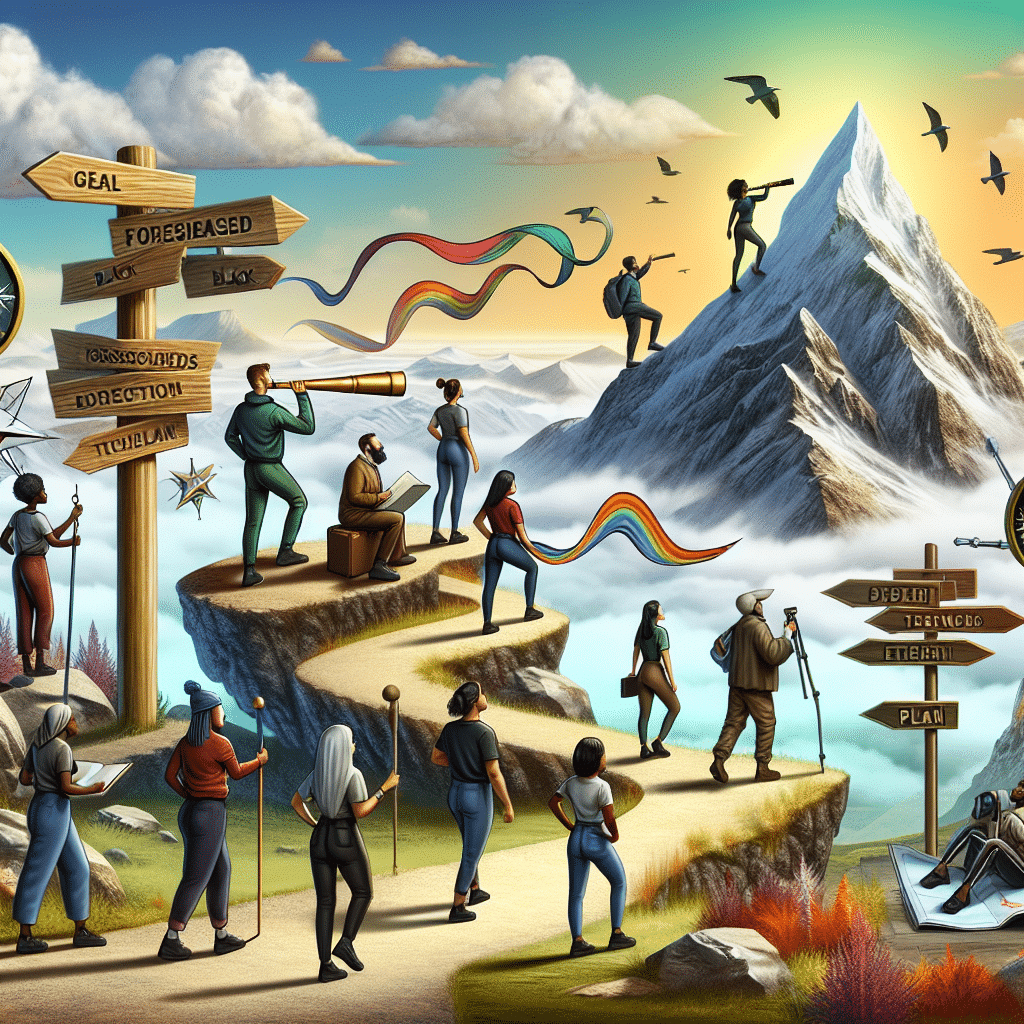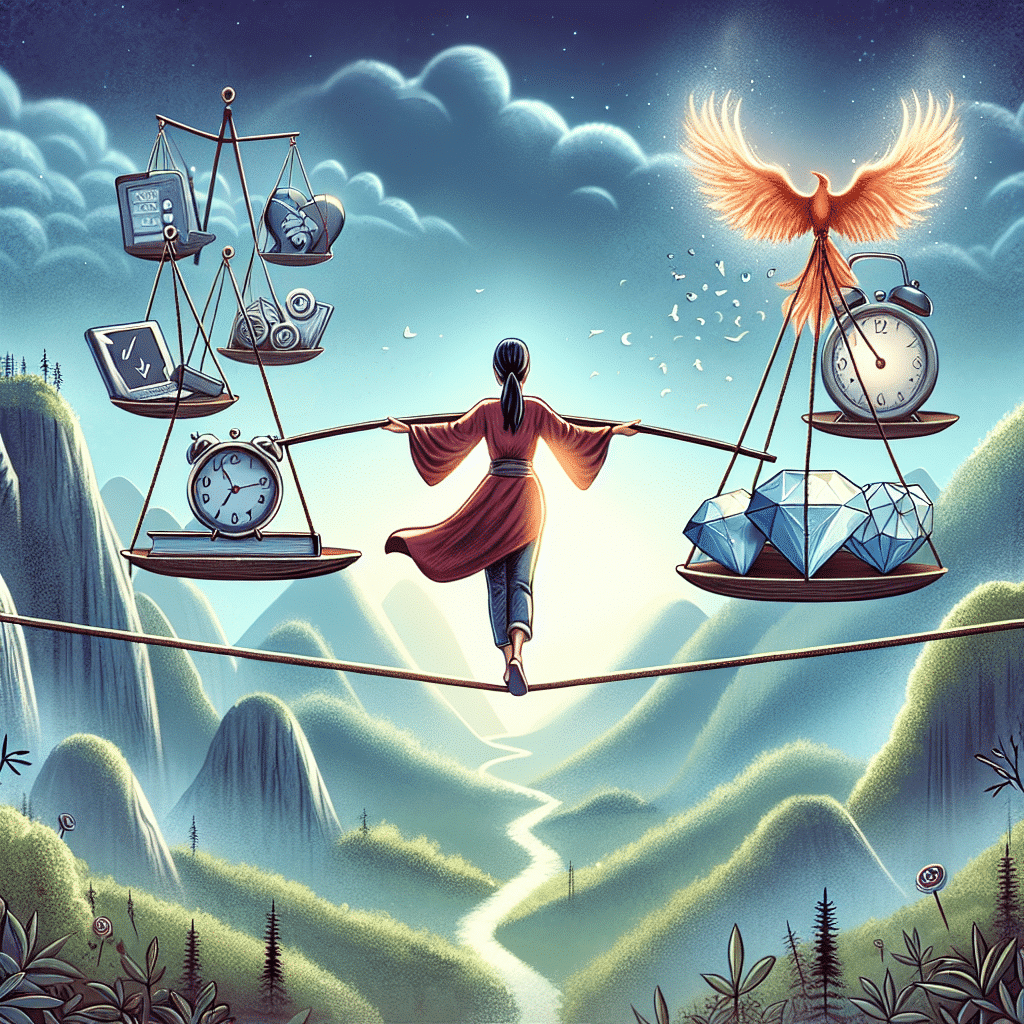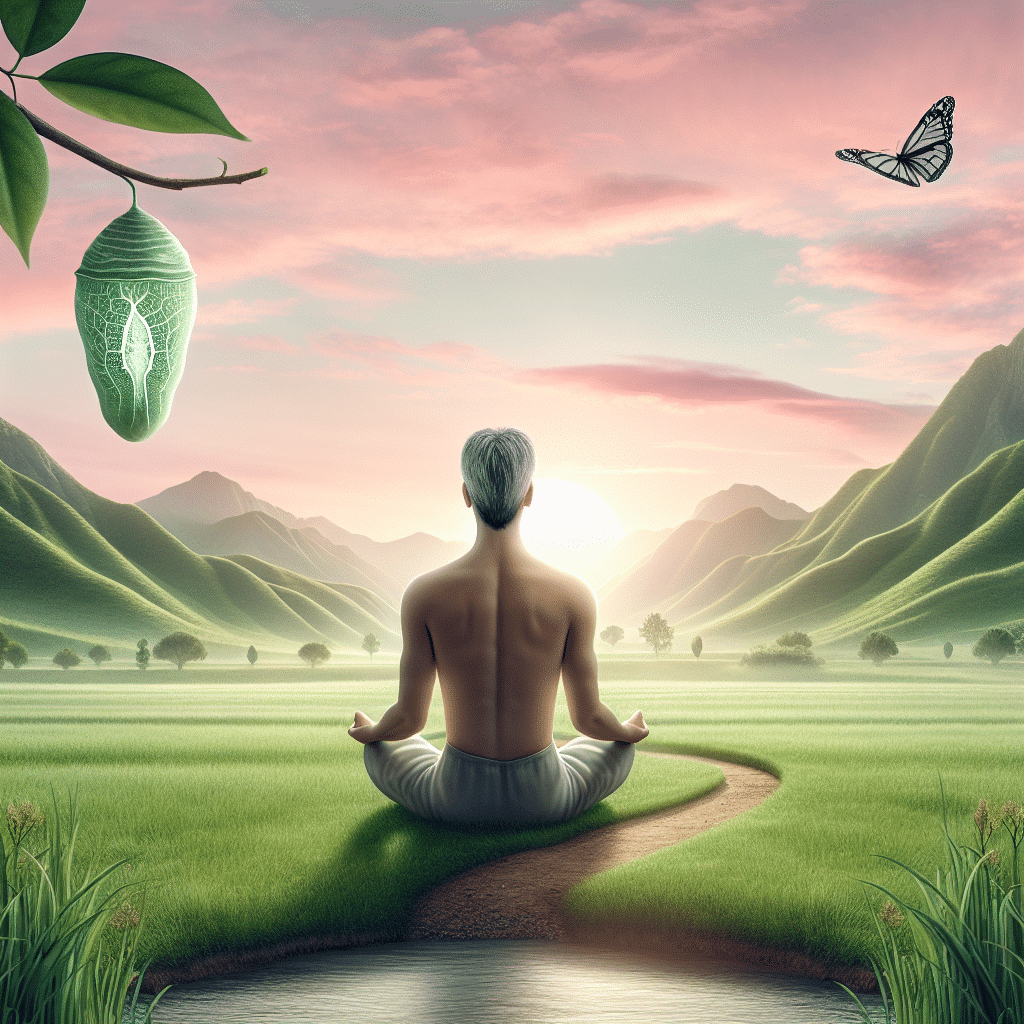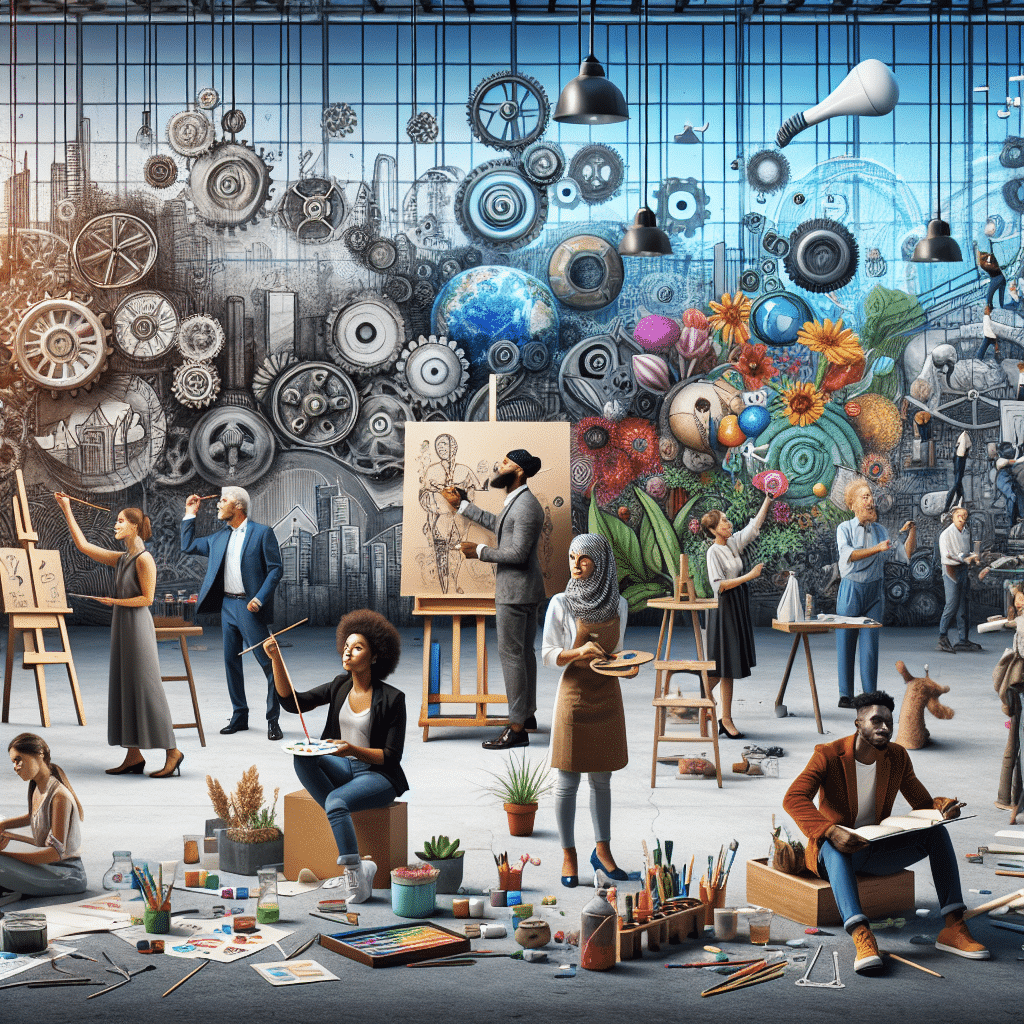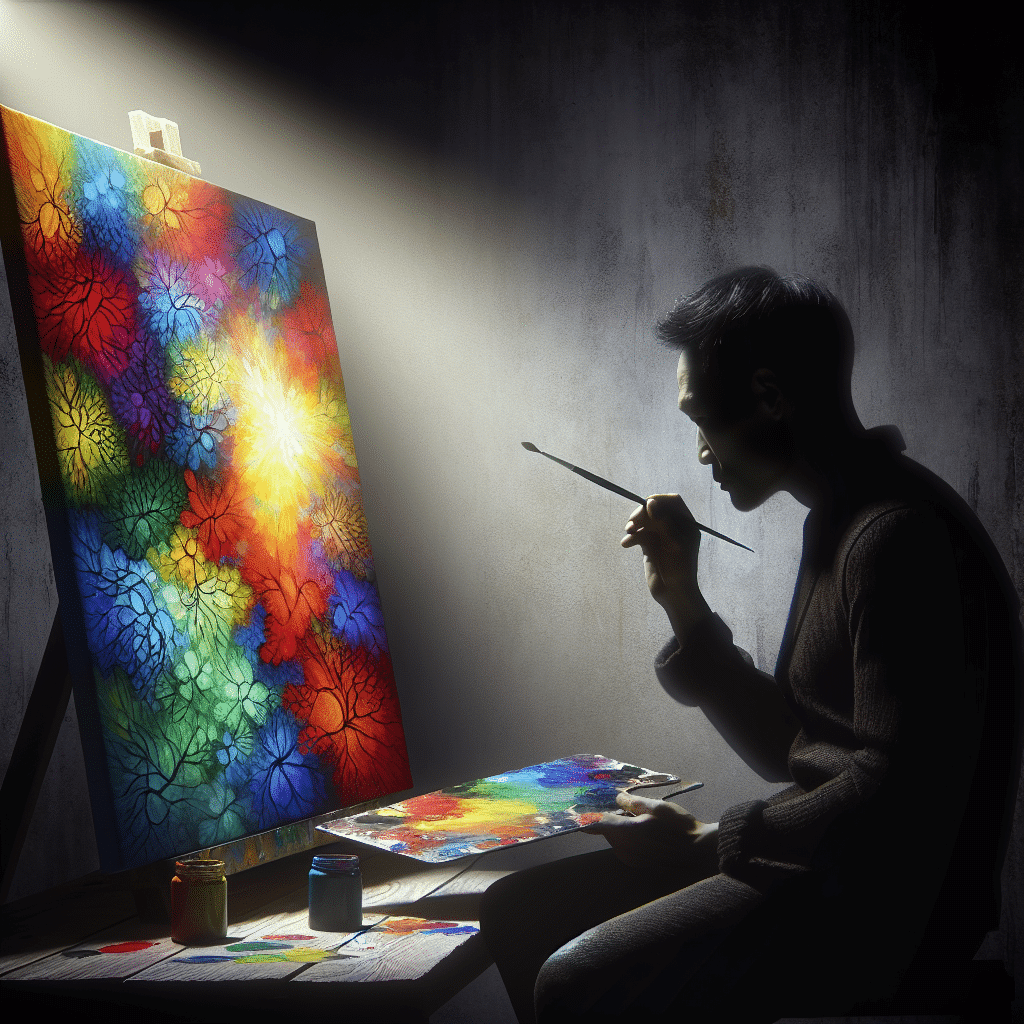
The therapeutic benefits of artistic expression are well-documented and have been utilized for centuries as a way to improve mental health and well-being. Art provides a creative outlet for individuals to express their thoughts, emotions, and experiences in a non-verbal and often cathartic manner. Whether through painting, drawing, writing, dancing, or playing music, artistic expression can be a powerful tool for processing and coping with mental health challenges.
Engaging in artistic activities can help reduce stress, anxiety, and depression while promoting a sense of relaxation and mindfulness. Creating art allows individuals to channel their energy into something constructive and positive, fostering a sense of accomplishment and self-worth. The process of making art can also serve as a form of self-care, providing a much-needed break from the demands of everyday life and allowing for moments of reflection and introspection.
Furthermore, the act of creating art can stimulate the release of endorphins in the brain, which are natural mood-boosting chemicals that can help alleviate feelings of sadness and promote a sense of well-being. Artistic expression can also help individuals gain insight into their innermost thoughts and feelings, helping them better understand themselves and their mental health struggles.
Overall, engaging in artistic expression can be a valuable tool for improving mental health, providing individuals with a creative outlet to express themselves, process their emotions, and find solace in times of distress. Whether through painting, writing, dancing, or any other form of art, the act of creating can have a transformative effect on one’s well-being and overall quality of life.
Exploring Different Art Forms for Mental Health
Artistic expression can take various forms, each offering a unique way to explore and improve mental health. One popular form is visual art, such as painting, drawing, or sculpting. These visual mediums allow individuals to externalize their thoughts and emotions, creating a tangible representation of their inner world. The act of creating art can be cathartic and therapeutic, providing a sense of release and relief from emotional distress.
Another avenue for artistic expression is through music. Playing an instrument, composing songs, or simply listening to music can be incredibly soothing and beneficial for mental health. Music has the power to evoke emotions, calm the mind, and provide a sense of connection and understanding.
Literature, including writing poetry, fiction, or journaling, is another powerful form of artistic expression for mental health. Putting thoughts and feelings into words can help individuals make sense of their experiences, process complex emotions, and gain clarity and insight into their mental well-being.
Moving the body through dance or theater can also be a transformative way to explore and improve mental health. Expressing oneself through movement can be liberating, allowing individuals to release pent-up energy and emotions in a safe and creative way.
Exploring different art forms for mental health is not limited to traditional mediums – digital art, photography, crafting, and even culinary arts can provide a creative outlet for self-expression and emotional healing. The key is to find the art forms that resonate with individuals and allow them to express themselves authentically.
Overall, the diversity of art forms available for mental health exploration and expression highlights the universality of creativity in promoting well-being. Whether through visual art, music, literature, or movement, individuals have a wealth of options to tap into their artistic potential and harness its therapeutic benefits for mental health improvement.
Overcoming Mental Health Stigma through Art
The topic of mental health carries a heavy stigma in society, often causing individuals to hide their struggles and avoid seeking help. However, artistic expression provides a unique platform for individuals to openly share their experiences and emotions without fear of judgment. Through various art forms such as painting, writing, music, and dance, individuals can express their innermost thoughts and feelings in a creative and non-confrontational manner.
Many artists have used their platforms to bring awareness to mental health issues, helping to break down barriers and encourage honest conversations about mental well-being. By openly discussing mental health through art, individuals can feel validated in their experiences and find a sense of community among others who may be going through similar challenges.
Art also allows individuals to visually represent their struggles and triumphs, creating a tangible form of expression that can be understood by others. This visual representation can help to bridge the gap between individuals who are experiencing mental health issues and those who may not fully understand the complexities of these struggles.
Through art, individuals can challenge the stereotypes and misconceptions surrounding mental health, promoting a more accurate and compassionate understanding of these issues. By sharing their stories through creative mediums, individuals can inspire empathy and support from others, ultimately working towards reducing the stigma associated with mental health.
Overall, artistic expression provides a powerful tool for overcoming mental health stigma by allowing individuals to share their experiences, connect with others, and promote understanding and acceptance in society. Through art, individuals can work towards creating a more inclusive and supportive environment for those struggling with mental health issues.
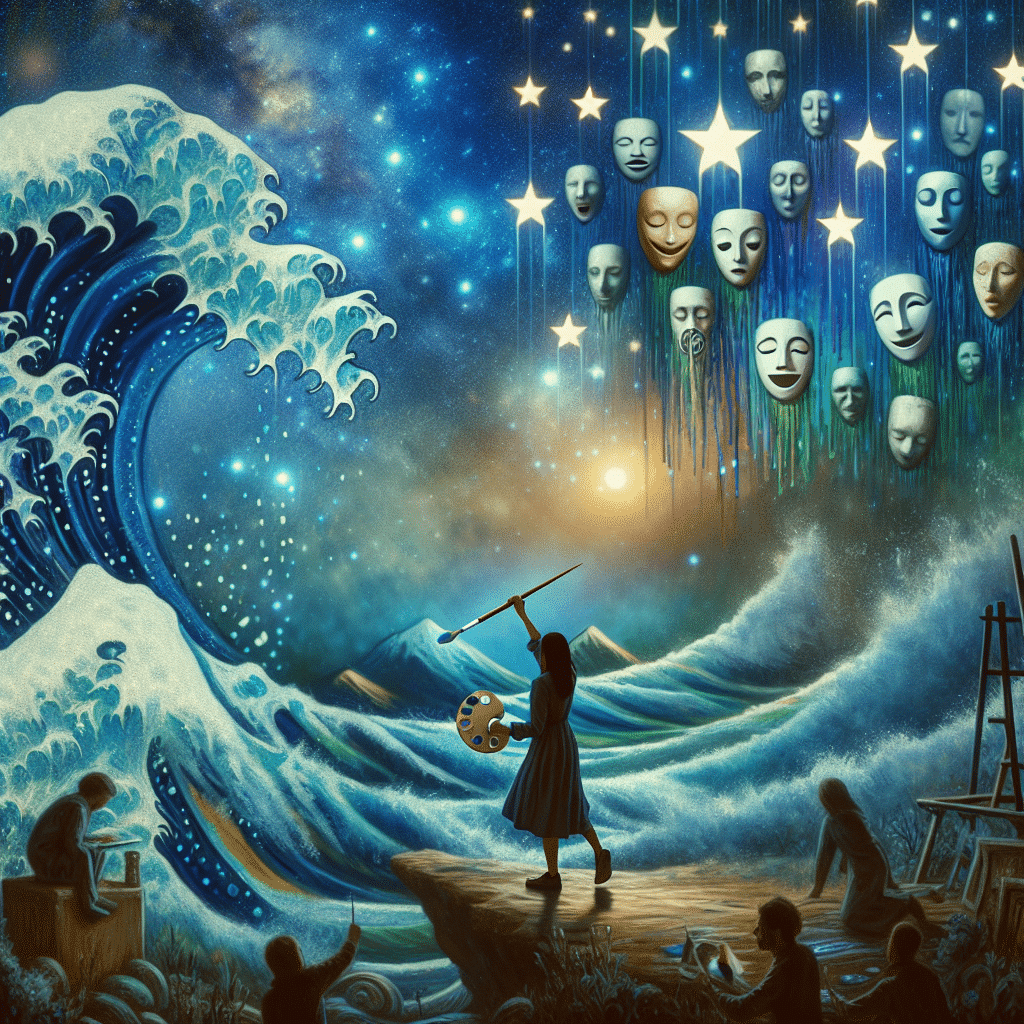
Using Art to Express Emotions and Thoughts
Artistic expression has long been recognized as a powerful tool for processing and communicating emotions and thoughts. For individuals struggling with mental health issues, art can provide a safe and nonverbal outlet for expressing their innermost feelings.
Whether through painting, drawing, writing, or any other form of creative expression, individuals can delve deep into their psyche and externalize their internal struggles. The act of creating art allows for a release of pent-up emotions and a means of confronting difficult thoughts in a tangible way.
Art therapy, in particular, has been shown to be effective in helping individuals with mental health challenges express themselves and work through their issues. Through guided creative exercises, individuals can explore their emotions, gain insight into their struggles, and develop coping mechanisms.
Benefits of Using Art as a Means of Expression
One of the key benefits of using art as a means of expression is that it bypasses the limitations of verbal communication. For individuals who may find it difficult to articulate their feelings or thoughts, art provides a visual and tactile medium through which to convey their inner world.
Furthermore, art allows for a sense of control and agency over one’s feelings and experiences. By creating something tangible, individuals can externalize their emotions and gain a sense of empowerment over their struggles.
Exploring Different Art Forms
There are a myriad of art forms that individuals can explore as a means of expressing their emotions and thoughts. From painting and drawing to sculpture, collage, poetry, and music, the possibilities are endless. By experimenting with different mediums, individuals can find the art form that resonates most with them and best captures their inner landscape.
Ultimately, using art to express emotions and thoughts can be a transformative and healing process for individuals struggling with mental health challenges. Through creative expression, individuals can find a voice for their innermost struggles and gain a sense of empowerment and catharsis.
Finding Community and Support in Artistic Spaces
Artistic spaces have the power to bring people together, creating a sense of community and support for individuals struggling with mental health issues. Whether it’s a local art class, a poetry slam, or an online forum for artists, these spaces provide a platform for individuals to share their experiences, express themselves, and connect with others who may be facing similar challenges.
Participating in artistic communities can help individuals feel understood, accepted, and valued. It offers a safe space to be vulnerable, express emotions, and receive support from like-minded individuals. This sense of belonging can be incredibly powerful in combating feelings of isolation and loneliness that often accompany mental health struggles.
Benefits of Community Support in Artistic Spaces
Being part of an artistic community can have numerous benefits for mental health, including:
- Reduced feelings of isolation and loneliness
- Increased self-esteem and self-expression
- Improved coping skills and emotional regulation
- Enhanced social connections and support networks
- Opportunities for personal growth and self-discovery
These benefits highlight the importance of finding community and support in artistic spaces, as they can play a significant role in promoting mental well-being and overall quality of life.
Overall, artistic spaces offer a unique opportunity for individuals to come together, share their stories, and support one another in a creative and expressive way. By fostering a sense of community and belonging, these spaces can help individuals navigate their mental health journeys with compassion, understanding, and solidarity.
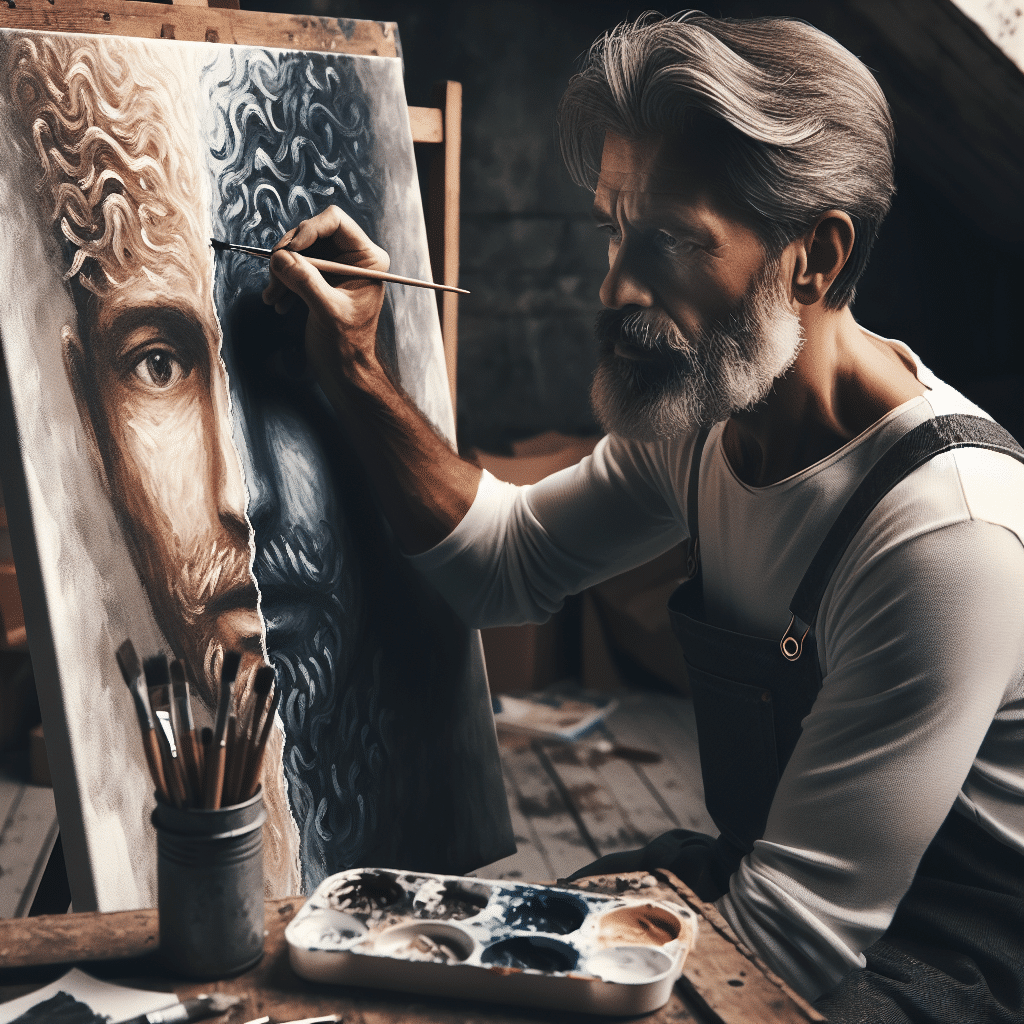
Conclusion
Artistic expression has been proven to have therapeutic benefits for mental health, allowing individuals to explore and process their emotions in a creative way. Whether through visual arts, music, writing, or other forms, art can be a powerful tool for self-expression and healing.
By breaking down the stigma surrounding mental health issues and creating a safe space for dialogue, art can help individuals feel understood and supported in their struggles. Through art, people can share their stories, connect with others, and find a sense of community and belonging.
Overall, incorporating artistic expression into mental health practices can be a transformative and empowering experience for individuals seeking to improve their well-being and resilience. It’s important to continue promoting the intersection between art and mental health as a valuable tool for self-care and personal growth.

